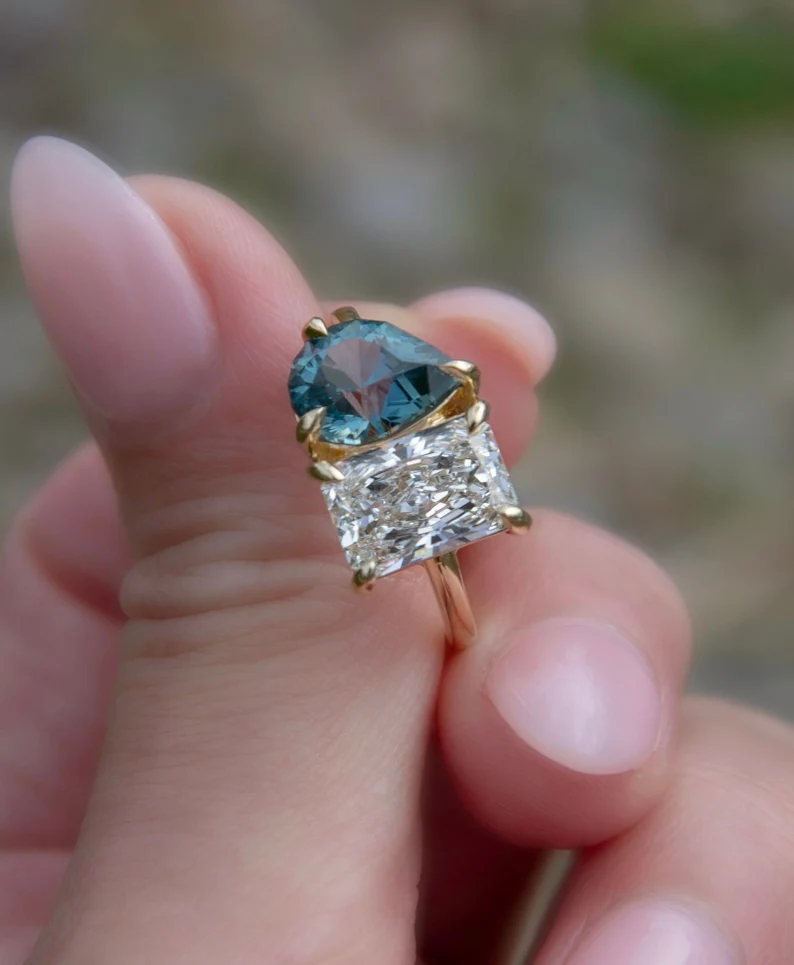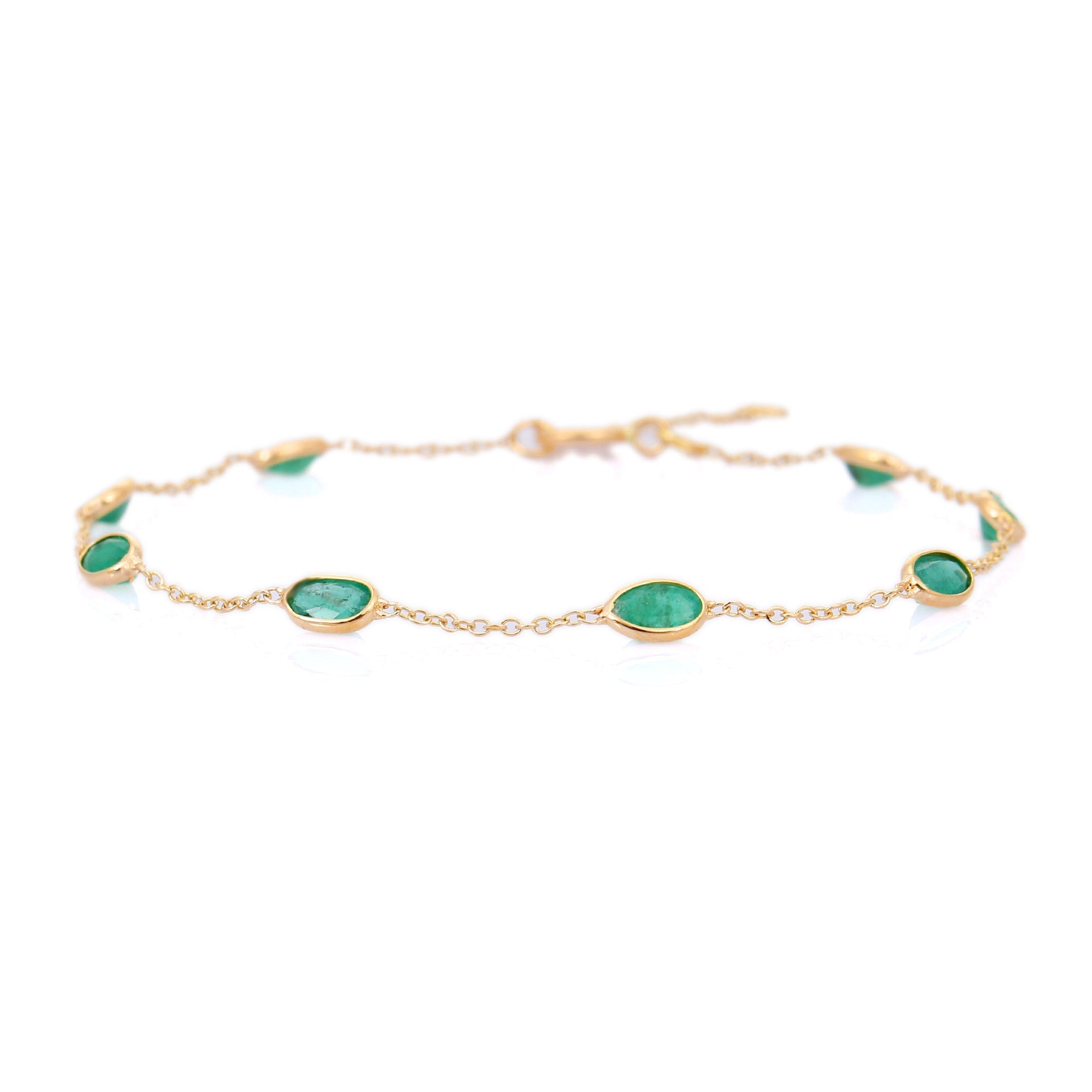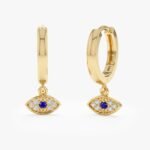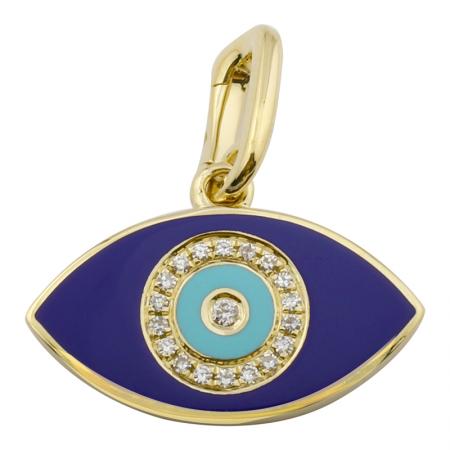Paperclip Chains: Chic or Overdone? How Stylists Keep Them Fresh

Paperclip chains have been everywhere for several seasons. They look simple, modern, and wearable. But ubiquity raises the question: are they chic or overdone? In this piece I explain why the design works, when it starts to feel safe, and how stylists and designers keep paperclip chains looking fresh. I give specific details on materials, sizes, and mixing methods so you can shop or style confidently.
Why paperclip chains took off — and why that matters
Paperclip chains are essentially elongated oval links. That geometry reads as clean and architectural. People embraced the look for two practical reasons: it scales visually (a 2.5 mm link reads delicate; a 6 mm link reads bold) and it mixes well with pendants or other chains. The design also ties into a broader minimalist and 1990s revival trend. Celebrities and influencers wore them layered and solo, which accelerated adoption.
Why the trend can feel overdone: the silhouette is easy to copy. Low-cost manufacturers reproduced the shape en masse. When every retailer carries a near-identical 18-inch gold-plated paperclip chain, the look loses distinctiveness. The solution is to add deliberate variation in material, finish, proportion, or craftsmanship.
Materials and construction: what to look for
Not all paperclip chains are equal. The difference is in metal, link gauge, and how links are joined.
- Metals and alloys. Solid 14k gold (usually 58.3% gold) is the most durable fine-metal option for everyday wear. 18k gold is richer in color but softer. Vermeil is a good mid‑luxury choice: it’s at least 2.5 microns of gold over sterling silver (.925). Gold-filled pieces have a thicker bonded layer and last longer than thin gold plating.
- Thickness and weight. Look for wire thickness (often listed in mm). A 2–2.5 mm wire makes a delicate, dressy chain. A 4–6 mm wire makes a strong, statement chain. Thicker wire resists kinking and stretching; thin, hollow links can dent or split.
- Link construction. Soldered links are stronger than simply closed links. High-end chains will solder and polish the join so the chain behaves as one continuous ribbon. Unsoldered links can flex open under stress.
- Clasps and hardware. Lobster clasps and spring rings are standard. For heavier chains, a lobster or box clasp with safety latch is safer. The clasp should be proportional — a tiny spring ring on a 6 mm paperclip chain looks cheap and fails sooner.
How stylists keep paperclip chains fresh
Stylists use a few repeatable moves to avoid the “seen-it” effect. Each move changes perception of the piece while keeping the clean paperclip silhouette.
- Mix metals and textures. Pair a high-polish 14k yellow paperclip with a matte white gold curb chain. The contrast adds depth. Mixing warms and cools also lets the wearer coordinate with other jewelry or hardware on clothing.
- Play with scale. Combine a 2.5 mm delicate paperclip, an 18-inch midweight 3.5 mm, and a chunky 6 mm choker. Layering different widths prevents the stacks from reading like identical copies.
- Add one surprising element. A single bar pendant, a signet, or a pearl on a paperclip chain instantly shifts the aesthetic from trend to personal. For example: 14k yellow paperclip 18″ (3.5 mm) with a 0.25 ct diamond bezel pendant looks intentional rather than copied.
- Incorporate artisan details. Hammered finishes, hand-forged asymmetry, or slightly irregular links signal craft. These variants read as designer pieces, not mass-market.
- Use functional layering. Make the paperclip chain the load-bearing piece for charms or lockets. Because the links are elongated, they hold pendants and badges without crowding the silhouette.
Sizing, proportions and pairing with pendants
Proportion is the most important styling rule. A pendant should match the chain’s visual weight. Here are concrete pairings:
- Delicate chain (2–2.5 mm, 16–18 inches): small pendants under 6 mm or a 0.05–0.10 ct diamond. The chain should remain the focus.
- Medium chain (3–4 mm, 18–20 inches): coins, small tag charms, or 0.25 ct solitaire bezels. This is the most versatile everyday option.
- Bold chain (5–8 mm, 14–18 inches for chokers): avoid small pendants. Use statement motifs like large carved stones or a heavy signet. The chain should carry the visual weight.
Length also changes mood. 14–16 inches reads choker/necklace; 18 inches sits at the collarbone; 20–24 inches hangs lower for pendants. Combine lengths when layering so each chain sits clearly apart.
Care, durability and what to avoid
Paperclip chains are wearable, but care matters for longevity.
- Avoid chemicals. Chlorine, saltwater, and household cleaners accelerate wear and strip plating. For gold-plated pieces, exposure shortens the plating life.
- Re-plating schedule. Thin gold plate (under 0.5 microns) will fade in months. Vermeil or gold-filled will last years with normal wear. Budget for re-plating or replace plating every 12–36 months depending on use.
- Cleaning. Use a soft cloth and mild soap. Avoid ultrasonic cleaners for hollow or bonded pieces — vibrations can open seams.
- Inspect links. Check soldered joins and jump rings periodically. If the chain stretches, have a jeweler re-solder or reinforce weak links.
Shopping checklist and price expectations
Before you buy, confirm these specs in the product description:
- Metal and hallmark (e.g., 14k, 18k, .925 sterling).
- Wire thickness or link width in mm.
- Whether links are soldered.
- Plating thickness if applicable (microns) or whether it’s vermeil/gold-filled.
- Clasp type and closure security.
Price ranges to expect: costume chains can be $20–$200. Vermeil and quality gold-filled chains commonly cost $150–$600. Solid 14k paperclip chains usually start around $600 for a delicate 18-inch and rise to $3,000+ for heavier, longer pieces. Why such spread? Weight and gold content determine metal costs; craftsmanship and finishing add to labor.
Bottom line: paperclip chains are still chic when the details are right. Choose quality construction, vary scale and texture, and add one unique element. Those steps turn a ubiquitous shape into a signature look.




